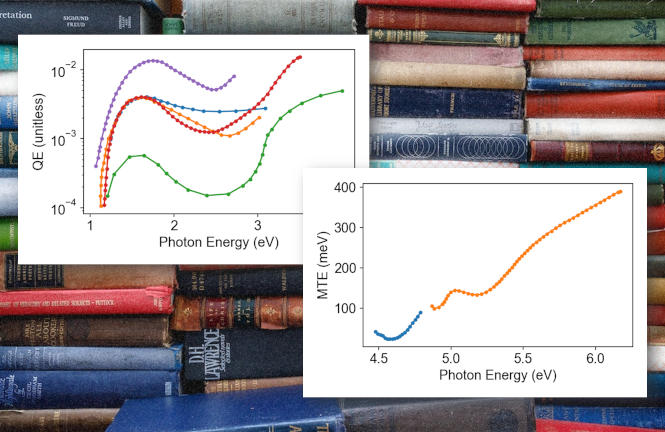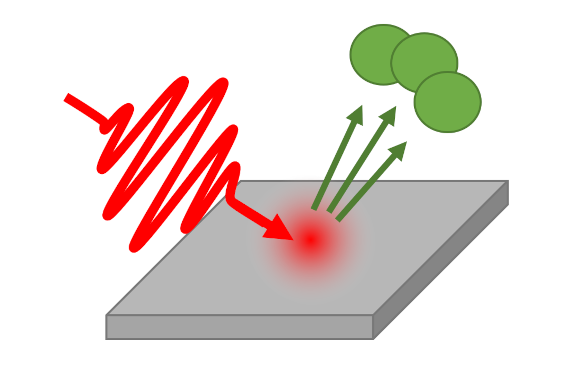
Find Published Data on Photocathode Materials
Welcome to The Photocathode Database! Finding accurate and up-to-date information on the properties of photocathode materials can be a daunting task. We are here to simplify it by providing researchers with a comprehensive collection of published measurements on photocathode materials. Our easy-to-use search tool enables you to quickly look up a material of interest and view detailed information on its performance as well as the latest research papers published on the subject. Plus, all of our data is available for download by users making it a simple matter to incorporate into your own research. Start exploring The Photocathode Database today and don't forget to continue stopping by as we keep populating it with measurements!
Photocathodes and Their Applications

Photocathodes are a class of specialized materials that convert photons (light) into electrons through a process called photoemission. They are typically a metal (such as copper) or semiconductor (like gallium arsenide) which can sometimes be a thin layer coating a substrate. Photons striking the surface of the photocathode knock electrons out of the material into the vacuum. In photomultiplier tubes and image intensifiers (such as for night vision), the electrons are then amplified and collected or imaged onto a scintillator screen. In particle accelerators, where photocathodes are essential to the production of high-brightness electron beams, the particles are instead accelerated by a strong electric field in an assembly called a photoinjector. Some properties of photocathodes include quantum efficiency (how sensitive the photocathode is to light) and mean transverse energy or thermal emittance (the initial momentum spread of the emitted electrons, important to brightness). To keep reading about the qualities and applications of photocathodes, follow the link to our introduction page below
Pinned Photocathode Materials
The following photocathode materials have been pinned for easy access based on their popularity. Quickly access their photoemission properties and articles published about them by following the links below.